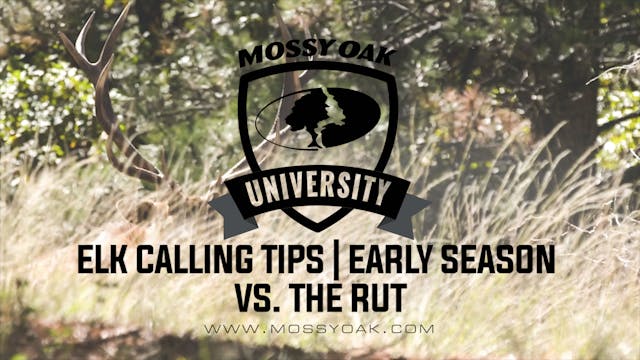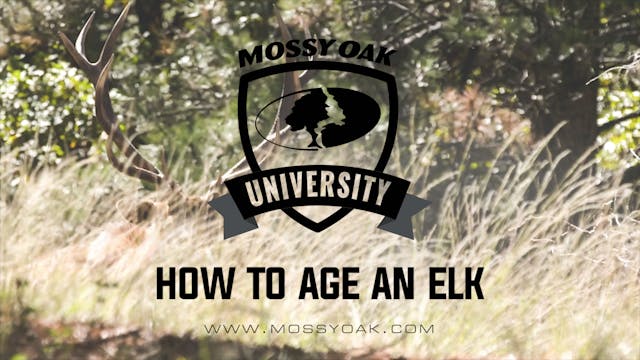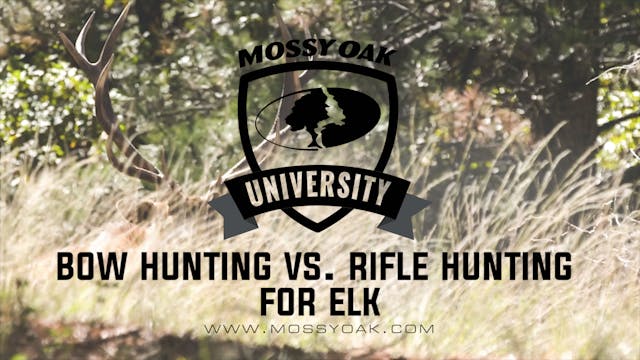Early season elk hunting can be hot in the afternoon and early evening. Look for water because that’s where elk will be headed. It gets dark quickly, so don’t be afraid to move. Head to water, pay attention to the wind, call, move if necessary, be aware of losing light, and rely on previous experience, which is a lot of what hunting is about. If it’s your first evening elk hunt, even if you end up empty-handed, there’s always something to learn.
Up Next in Season One
-
Calling Elk Early Season v Rut
How do you decide when to bugle and when to cow call? Early season, start with cow chirps and cow calling subtly. If there isn’t much response, move to a locate bugle. During the rut, it’s more of a conversation. You want to interact with the bull but not over-call and sound desperate. Cow elk ha...
-
How To Age An Elk
Scott Hatch has been chasing elk for years, and he ages elk by their antlers, body size and shape, and head position. The bigger and heavier the antlers, the more mature the bull elk. Mature bulls also have a swayback in the lower neck, a bigger hump and a lower head. If it looks like a big yello...
-
Bowhunting v. Rifle Hunting for Elk
A bow cannot cover as much ground as a rifle. Therefore, bowhunting requires the hunter to get in close. When you set up to bowhunt elk, put the hunter between the elk and the caller. Rifle hunting allows you to hang back and glass a mountain to find the elk and then move in a little closer to ma...



